Child Care Stars
For nearly 25 years, a UNCG-led child care assessment initiative has made its mark in 50,000 classrooms – and counting
By Sarah Newell
Photography by Sean Norona ’13
How do you decide on the right child care facility? A star rating at a North Carolina child care facility can ease the minds of parents and caregivers.

What’s more, it can help a facility learn about areas where it can improve – and how to support these changes.
The NC Rated License Assessment Project, run by UNCG for nearly 25 years as a pioneering initiative, has helped improve the lives of millions of children in North Carolina and beyond.
When bids were solicited in 1999, UNCG stepped up to lead this groundbreaking effort. Dr. Deborah Cassidy, a leader of UNCG’s Human Development and Family Studies early childhood program, applied for that first child care assessment contract. UNCG, which had long been known for its exceptional quality child care program, was awarded the NC Rated License Assessment Project (NCRLAP) – and subsequently served as a model for other states.
UNCG researchers were undaunted by the blank slate they faced. What should be the process for evaluation of classrooms? How many evaluators would be needed? What parts of the state would have more assessment requests? Nearly 25 years later, the NCRLAP has answered these questions and many more.
One thing became clear: Collaboration would be a key to success.
“When we started, we had six subcontracts with other universities, they were in charge of their region, and they hired the assessors to go out into their communities,” said Dr. Linda Hestenes, current NCRLAP co-director. “I think that helped create a foundation, and it evolved from there.”
UNCG partnered with another university for training on the assessment tool, while the researchers began working on partnerships with child care facilities. They took a whole-state approach, rather than having different standards for each county.
The leaders and staff in child care facilities didn’t know what to expect. “This was new, and in addition to people from their communities coming in as assessors, it was important to help programs understand the process. We worked hard to provide this information,“ said Dr. Sharon Mims, NCRLAP co-director.
Collaboration paid off.
Over time, the NCRLAP progressed from simply making people aware of what the state licensing requires, to what the new assessment process would be, to how to improve your facility while continuing to focus on offering safe and quality classrooms for children.
UNCG was consulted frequently when other states created similar systems, for far-reaching impact.
Changes over the years
Though the tools for scoring child care facilities have remained largely the same over the years – with some changes mandated by the State – scores at child care facilities have risen markedly, showing Mims and Hestenes that the assessment system was working.
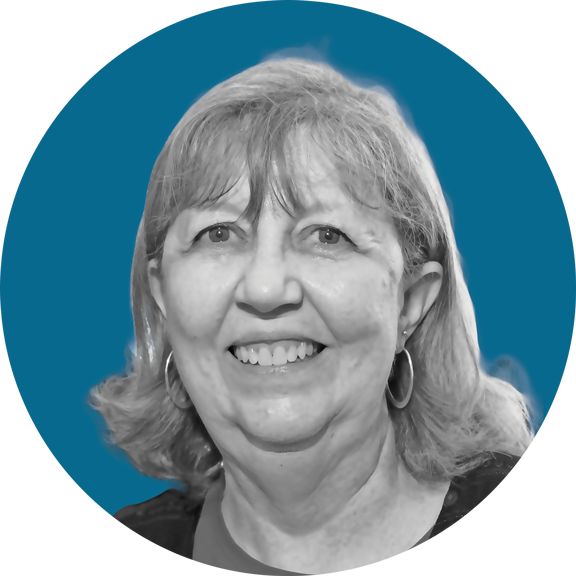
“We are part of a long history of providing a model of how to do good things for children across the state.”
–DR. SHARON MIMS, NCRLAP CO-DIRECTOR
Some improvements are obvious. For example, a health inspector told Mims soon after the assessment process began he saw more attentiveness to handwashing.
Other changes that we may take for granted today?
“We have standards that children have more outside play, and that they have access to specified materials for most of the day,” Hestenes said.
Examples include building materials like blocks; fine motor activities like puzzles or art supplies; dramatic or pretend play objects; and nature or science materials such as safe plants, shells, or driftwood, depending on the age of the classroom. All of the age-appropriate items are designed to support the overall development of the child.
North Carolina does not require child care facilities to be assessed. Those that choose to do so are ones that may serve children anywhere from birth through age 12. An assessor will review them on more than 400 indicators every three years, then this score is used in conjunction with other factors to lead to a star rating of one to five by the Division of Child Development and Early Education. An assessment usually takes three to four hours at a facility, followed by a written report by the assessor. It typically takes three months to train someone to be an assessor, and their reliability is routinely checked afterward.
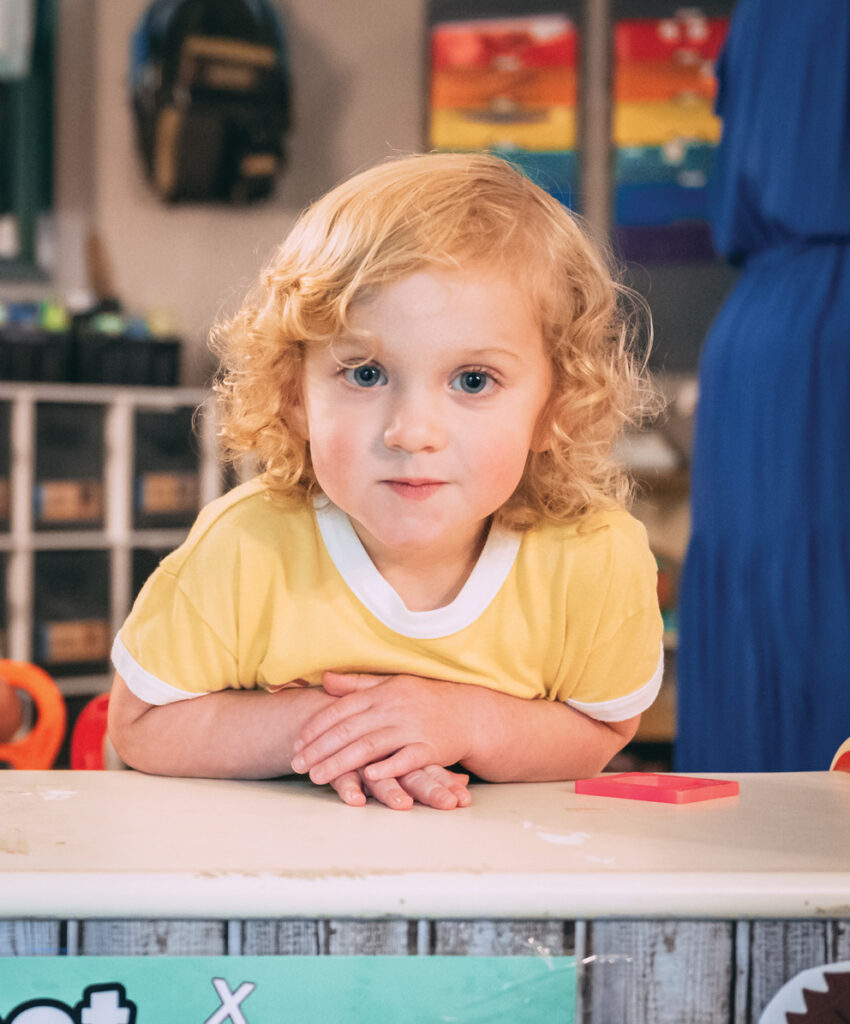
A facility is notified of the four-week period an assessor will come, but not the day. The assessor will examine one-third of the classrooms at the child care program, with the rooms randomly selected and at different age levels.
“When we started, there was less attention on how to improve quality, but over time our staff have developed many resources and held numerous outreach events to support positive change,” Hestenes said. “We’ve made real improvements in the experiences of children in care. We’re proud of how far we’ve helped move our state in terms of quality.”
This includes doing more outreach to facilities and teachers, helping people understand what is being measured and why, adding a website and posting the materials for what is being measured there, and constantly looking to be more impactful.
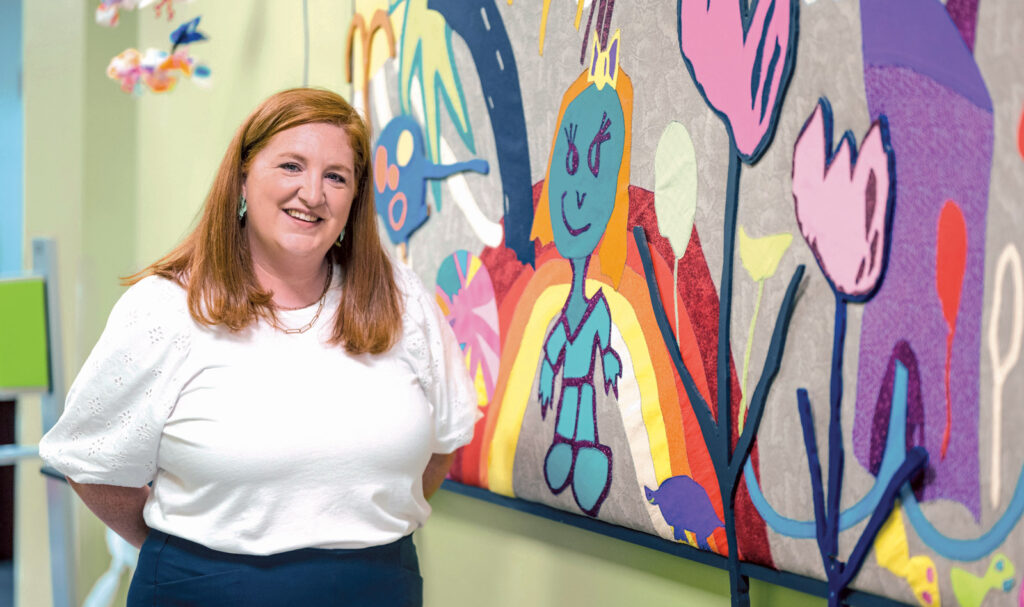
MEREDITH KASTEN ’09 is director of Greenboro’s Early Childhood Center (ECC), which holds a five-star rating. “I value NCRLAP and appreciate all their resources. Their assessments have proven to be very helpful.” She also values all she learned at UNCG’s HDFS department and is a proud alumna. “I love the relationship that ECC has built with UNCG. It’s my hope that UNCG students who come to ECC look at us as an extension of the quality that UNCG teaches every day.”
Why facilities want stars
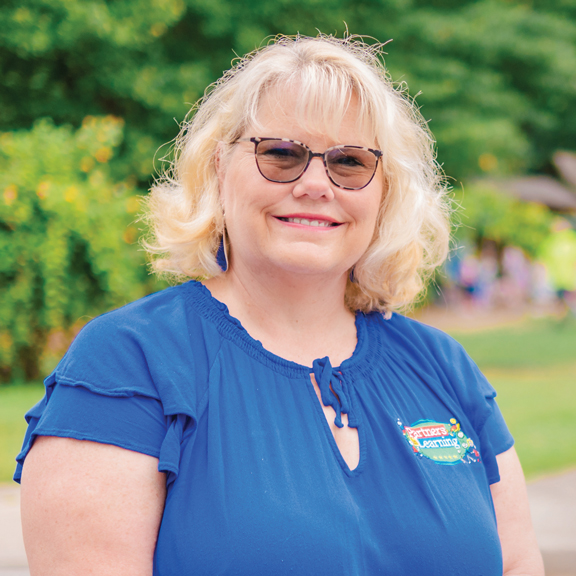
The facilities want to be assessed for a simple reason: They want parents to know they are a good one. For Norma Honeycutt ’14 MEd, ’14 PBC, ’14 CERT, executive director of Partners in Learning in Salisbury, N.C., a rating lets her know if she has the best facility.
“The rated license system allows us to do that by providing a way to measure quality,” she said. “It’s an indicator for early childhood educators seeking employment, and for parents. The process itself, including the classroom assessments, is a great tool for staff development.”
Her facility, which has been open 27 years, has a five-star rating. Honeycutt, who began as the executive director 25 years ago, proudly says that her facility was one of the first in the state to receive the five-star rating.
They prepare for assessments regularly, with teachers observed monthly by a member of leadership who offers feedback. Teachers are also invited to observe each other’s classrooms. And during rating renewal, they focus on staff morale.
Similarly, UNCG alumna Arietha Brunson ’17, ’23 MEd operates the in-home child care facility Kingdom Kids Development Center in Greensboro and wants it to be assessed so parents and caregivers can see accountability.
“Being rated also provides opportunities to identify quality indicators and potential areas of improvement in our child care facility,” Brunson said. “Being rated may ease the minds of potential families as they seek quality early learning experiences for their children.”
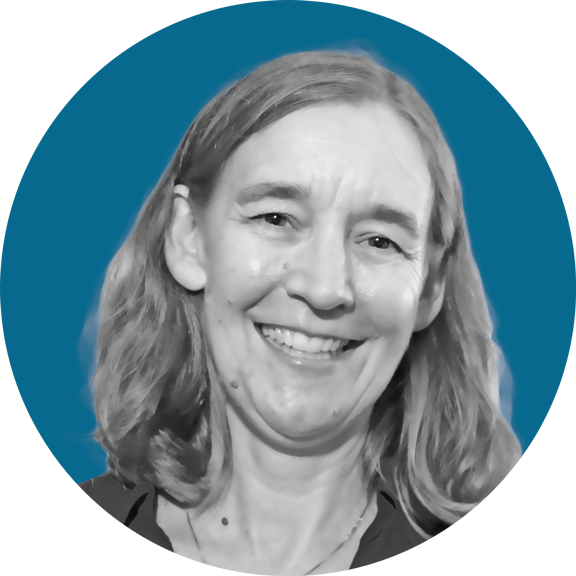
“We’re proud of how far we’ve helped move our state in terms of child care quality.”
–Dr. Linda Hestenes, NCRLAP co-director
Her facility has been open four years and has a four-star rating. Brunson said she works with Education, Quality Improved and Professional Development (EQuIPD) for technical assistance and professional development with early care and education prior to being assessed, and she also examines mock assessment reports. EQuIPD – founded by the same Dr. Deborah Cassidy who led UNCG into the statewide ratings initiative – provides professional development, educational planning, and curriculum assistance for Guilford County’s early childhood care facilities.
The rated license system is an indicator for early childhood educators seeking employment and for parents. The process itself, including the classroom assessments, is a great tool for staff development.
–NORMA HONEYCUTT ’14 MED, ’14 PBC, ’14 CERT
Pride in high standards
One of the biggest hurdles UNCG faced 25 years ago – and still examines – is how to have one system that is applicable to every child care facility. Assessors evaluate child care centers, child care homes, ones that are private and non-profit, licensed public school sites, bilingual centers, one in which the students and staff speak Cherokee – and the rating system materials and evaluation system must be accessible and fair to each facility.
It is a task that is reexamined when UNCG reapplies for the contract from the state annually. Thus far, UNCG has conducted just under 50,000 assessments of child care facilities since being awarded the first state licensing contract in 1999.
Mims said the Human Development and Family Studies Department and UNCG have always taken pride in setting high standards for child care and early childhood education.
“We are part of a long history of providing a model of how to do good things for children across the state. We work with the intention of educating others,” she said.